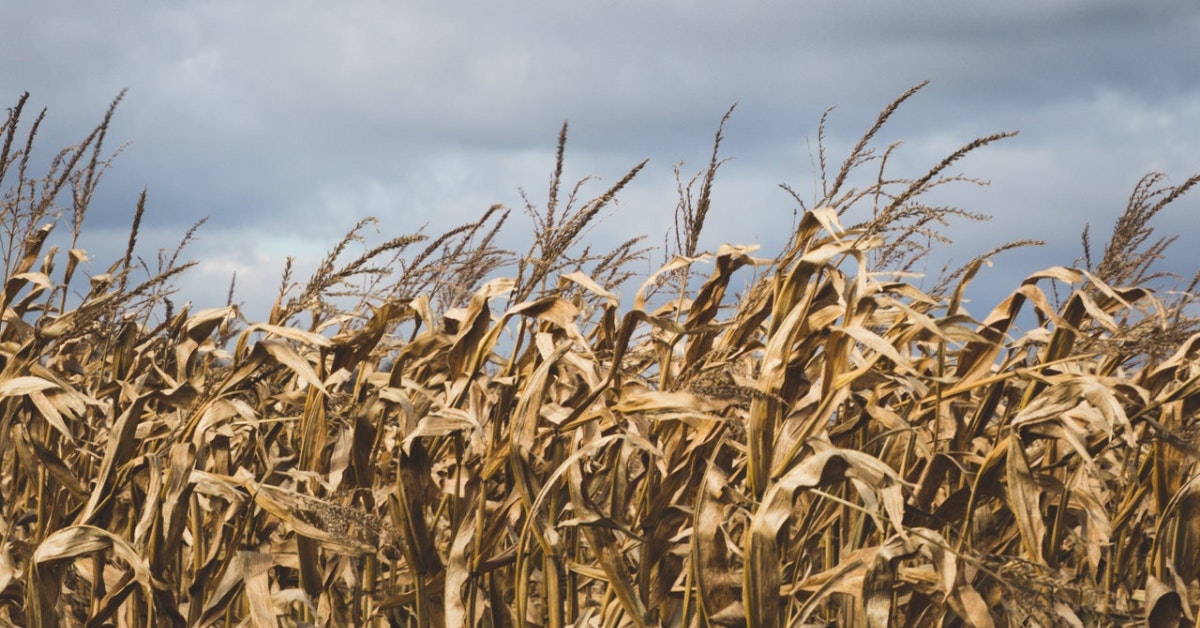An irrigation canal collapse in Goshen County could devastate more than 100,000 acres of crops and producers may be left without compensation for the loss, a Farm Service Agency (FSA) spokesperson said.
“The cause of loss being failure of irrigation system is a covered cost,” FSA Insurance Officer Vanessa Reishus said. “But, the cause of failure has to have an underlying cause that was a natural occurrence.”
The canal tunnel is located about 1 mile south of Fort Laramie and facilitates the irrigation of about 52,000 acres of farmland in Wyoming and another 52,000 acres in Nebraska. Its collapse last week halted the delivery of water to the land and both states have declared the situation an emergency.
Reishus said the area did receive above-average precipitation this year and excess water load on the tunnel is being reviewed as a possible cause of the collapse.
However, the tunnel was built in 1917 and if engineers determine the structure failed as a result of age, FSA insurance would not compensate producers for their lost crops.
“Crop insurance is a government program, and they subsidize it,” Reishus explained. “But, the farmers pay pretty high premiums to have access to it.”
The cause of the collapse will be determined by the U.S. Army Corps of Engineers, she said. Because two states are involved, offices in both Billings, Montana, and Topeka, Kansas, will submit paperwork on the collapse. If the two offices disagree about the cause, the paperwork could be sent to the U.S. Department of Agriculture for a final determination, Reishus said.
“What the (Corps of Engineers) will do is gather the information from the Bureau of Reclamation and review the engineers’ information about what happened and why it happened,” she added.
Brian Lee, a University of Wyoming Extension agriculture economist, said some producers could be hit harder than others.
“The majority of the affected crops are dry bean, alfalfa and corn, but there is some sugar beets and other small crops in there, too,” Lee said. “Most farmers have livestock in this area, and you produce your corn and your alfalfa to feed it to your livestock.”
Without feed for livestock, producers may need to purchase feed elsewhere.
Additionally, Reishus said alfalfa is not generally insured, so those growers would not receive compensation either way.
“I have been in crop insurance for 20 years, and I have never seen anything like this,” she said. “Most of the crop loss causes are a lot more simple than something like this. In our area, (insurance) is used a lot for hail and freezes.”
Lee, who works at the UW Sustainable Agriculture Research and Extension Center near Lingle, said the uncertainty of the insurance payment is the worst part for many people.
“I think this is more detrimental than a hail event, because when hail comes through, you immediately have an answer — it’s a covered loss,” he explained. “Right now, we are all waiting to find out if the canal can get fixed, and if so, how soon.”
Goshen Irrigation District Manager Rob Posten said Thursday professionals were called in from St. Louis to repair the canal. He did not immediately return a request for comment on the status of repairs Friday.
Lee said cool temperatures and heavier spring rainfall this year prevented producers from planting as early as they would have liked.
“We were late putting the crops in, and that could prove detrimental without water during a heat wave,” he explained. “It’s a really sandy soil, so it’s more imperative to have water on a crop. It will definitely affect yield on the back end if they go a good amount of time without irrigation.”
Because the insurance payout is based on each producer’s premium, Reishus said she did not have an estimated total the insurance might pay if the cause was determined to be natural.
“It could easily be $1000 an acre on sugar beets and $500 $600 an acre on corn and beans,” she said. “With 100,000 acres, the cost of payout could be very high.”





